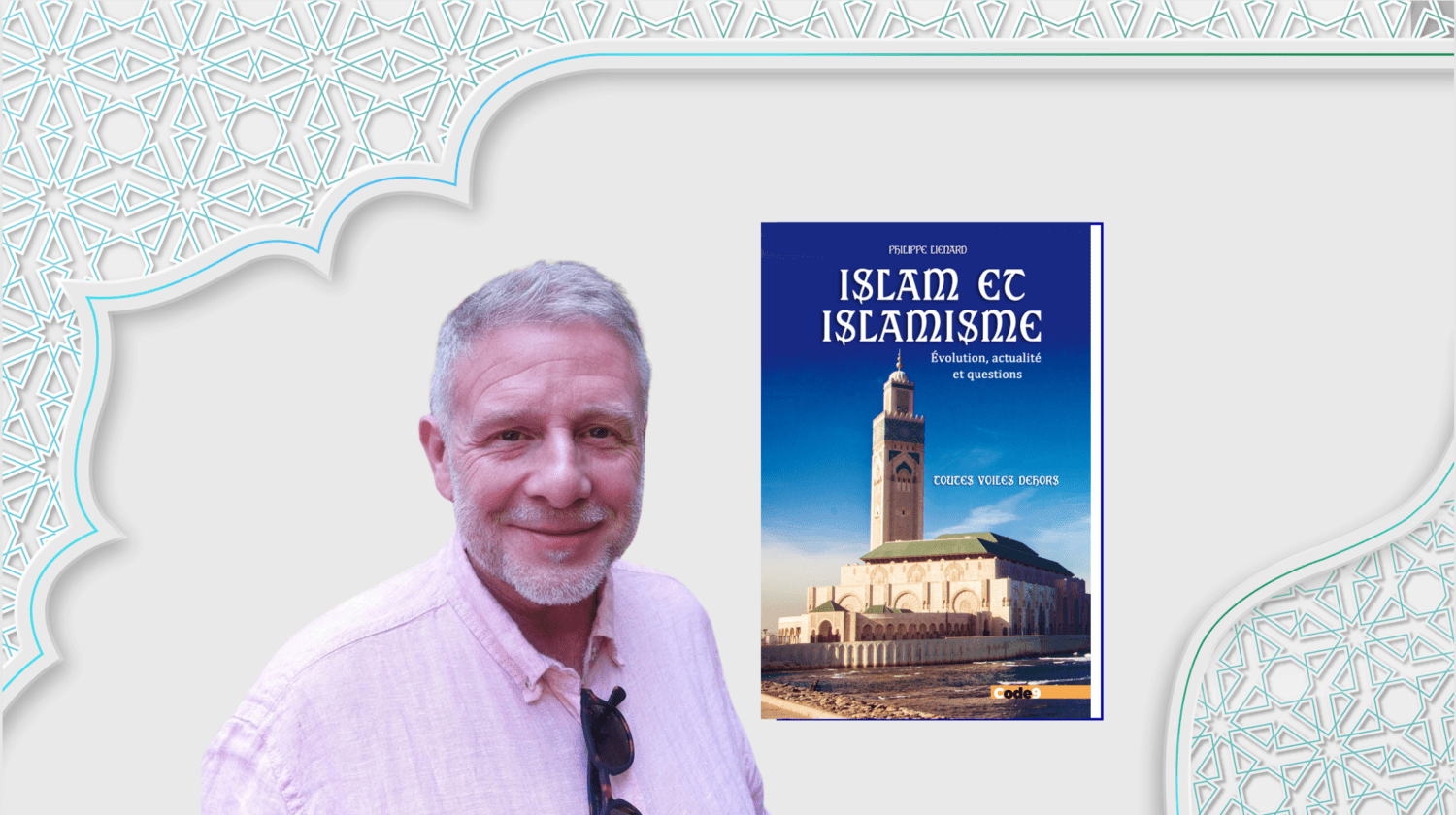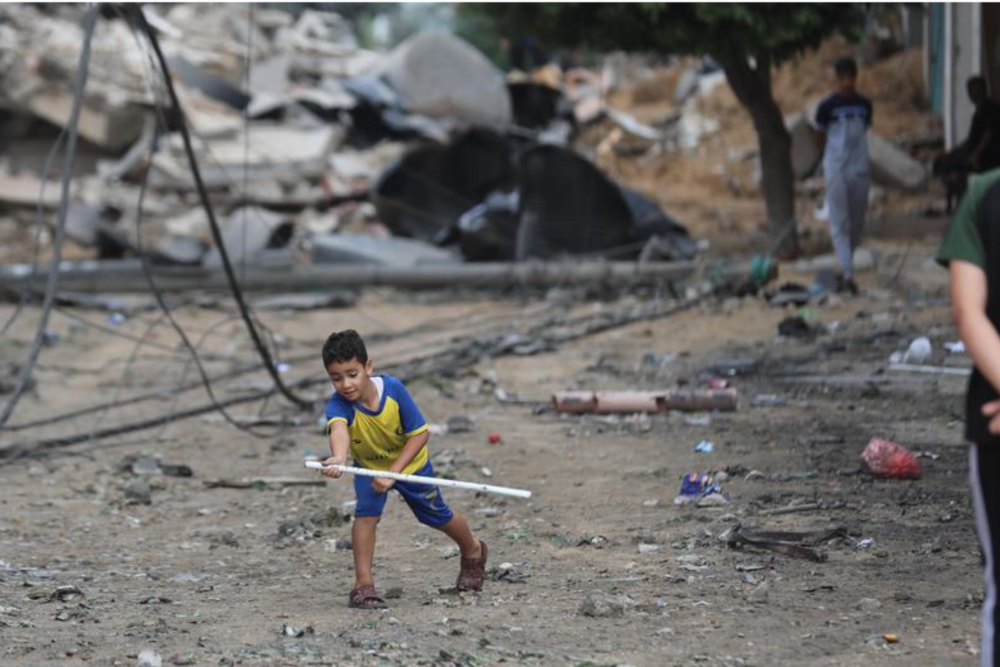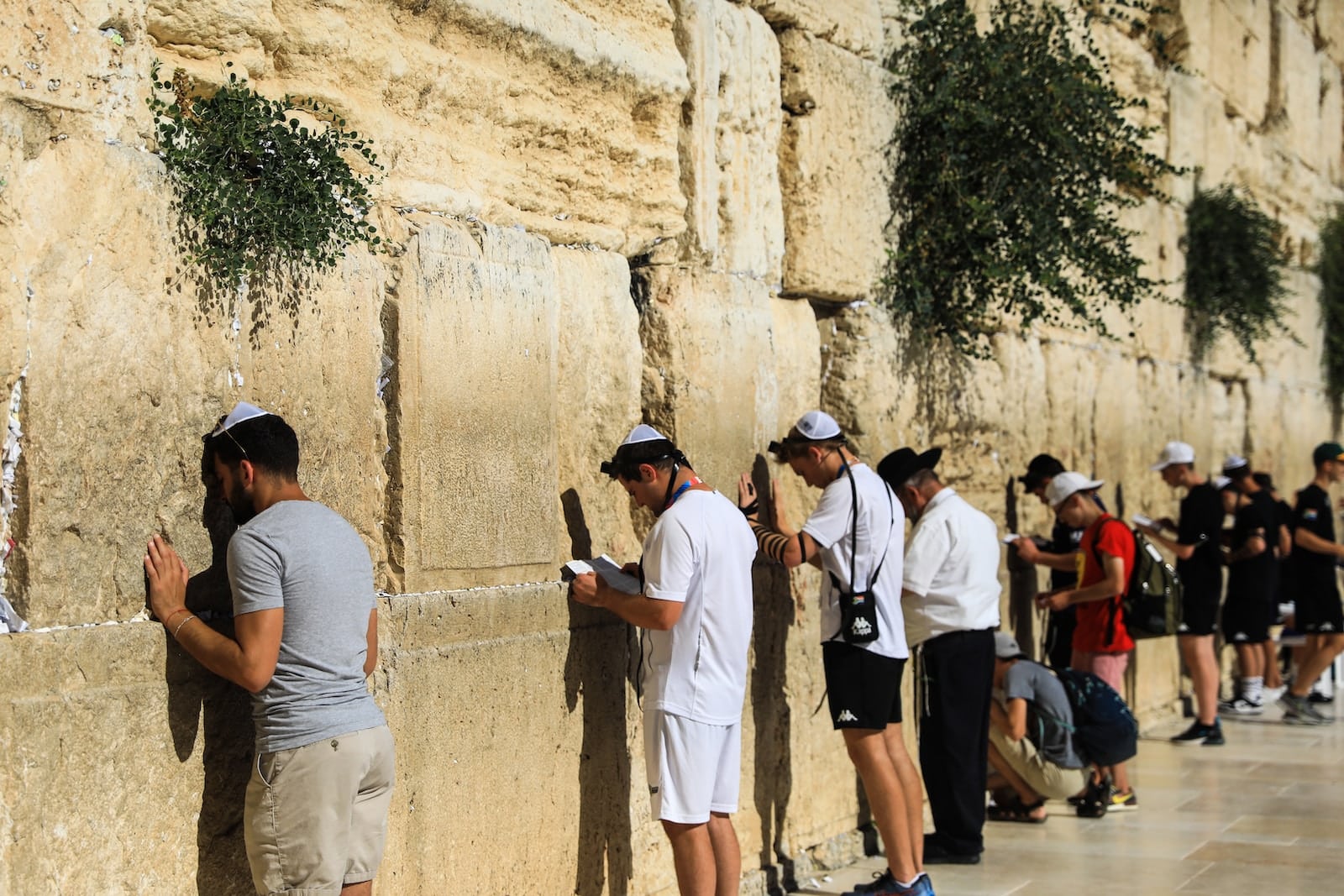Bientot un mois que le Hamas a mene son attaque dans le sud d’lsrael et fait pres de 1400 morts. Depuis, la riposte israelienne s’est transformee en bombardement sans fin d’un territoire deja exsangue avant la reprise de la guerre. Premieres victimes : plus de 7000 de Palestiniens dont la moitie d’enfants qui ont ete tues. Malgre les protestations internationales, Israel continue de s’acharner sur la population civile sans pour autant etre vraiment s0r de venir a bout definitivement du Hamas. II faut ajouter a cela le parametre fondamental des 240 otages israeliens et etranger qui sont toujours dans les mains des terroristes islamistes et qui servent de monnaie d’echange. En attendant les crimes de guerre se multiplient du cote de l’armee israelienne.
Violence vs. violence
II faut remettre le droit international au creur de la question israelo-palestinienne de part et d’autre. Depuis maintenant 75 ans, Israel tente de concilier sa politique avec celle de son environnement regional. Ce qui est loin d’etre facile semble depuis quelques semaines se transformer en mission quasi impossible. Paree qu’lsrael rejette toutes les resolutions des Nations Unies, imposant non seulement le retrait des territoires occupes depuis 1948, la question palestinienne s’est radicalisee d’annee en annee pour arriver a cette polarisation aujourd’hui qui divise plus que jamais deux societes qui veulent en finirde l’une et de l’autre.
Ce sionisme qui avait pour origine la creation d’un Etat d’lsrael en Palestine n’a plus rien a voir avec le projet imagine par Theodor Herzl. De socialiste, collectiviste, humaniste et 1a·fc, ii est devenu aujourd’hui encore plus sous la houlette de l’inoxydable premier Ministre Benjamin Netanyahou, un sionisme nationaliste, religieux, colonialiste, ultra-liberal et reactionnaire a l’ensemble de la region. II ne s’agit plus aujourd’hui de chercher les causes et les responsables car c’est un processus sans fin. II s’agit, pour preparer une hypothetique paix un jour, d’affirmer que gouvernement israelien et Hamas devront dans un premier temps repondre de leurs actes, a savoir d’evidents crimes de guerre, pour dans un second temps, integrer l’ensemble des composantes du paysage politique israelien et palestinien, afin de trouver une solution a l’impossible situation : et cette unique solution, c’est la creation d’un Etat palestinien sur les frontieres de la ligne verte du 5 juin 1967, et de permettre aux deux Etats de vivre en coexistence pacifique, dans le cadre d’une solution politique juste et durable. II n’y a aucune solution militaire a la question israelo-pa lestinienne.
Israel dans une impasse politique
Lattaque islamiste commise par le Hamas le 7 octobre dernier montre a quel point le camp palestinien est domine par les islamistes et que l’autorite palestinienne est reduite a Ramallah a l’impuissance.
Projet voulu par Netanyahou qui a reconnu en 2019 qu’il fallait renforcer le Hamas, responsable de nombre des maux actuellement, pour affaiblir Mahmoud Abbas, le president de l’Autorite et empecher la creation de l’Etat palestinien. Afin de satisfaire aux partis qui l’ont porte a nouveau a la fonction de premier Ministre, Netanyahou a continue a coloniser la Cisjordanie, renforcer la securite des colons dans cet territoires, fragilisant la securite du sud d’lsrael et fait du sionisme un projet voulant l’aneantissement de quelque espoir de voir la naissance prochaine d’un Etat palestinien. Pire encore : Benjamin Netanyahou aurait ete informe de l’attaque du Hamas par les renseignements israeliens, affirme son predecesseur va·fr Lapid. En effet, l’ancien Premier ministre israelien a indique avoir re9u des informations de la part des services de renseignement avant l’attaque du Hamas.
D’apres lui, son successeur Benjamin Netanyahou les aurait egalement receptionnes. C’est egalement sous « Bibi » que les ecoutes a Gaza par les renseignements auraient ete arretees depuis plus d’un an, par manque d’interet et d’utilite selon les memes services.
Faiblesse americaine et force du Qatar
II faut deja penser a l’apres-guerre, et faire appel a des mediateurs traditionnels entre les deux camps : essentiellement l’Egypte et le Qatar. Le retrait americain a fragilise l’ensemble de la situation dans la region et decomplexe nombre de groupes terroristes. Lopinion israelienne monte de plus en plus contre Netanyahou accuse d’avoir par son avidite de pouvoir fait le jeu des islamistes repondant aux provocations permanentes des membres nationalistes religieux de sa majorite. Le premier Ministre a mis en danger le pays, largement soutenu aveuglement par Washington : beaucoup pensent deja a l’apres Netanyahou car l’Etat hebreu ne peut pas continuer avec quelqu’un qui restera dans l’histoire comme le dirigeant sous lequel 1400 civils israeliens auront ete tues sur le sol israelien. Les Etats-Unis ont une double responsabilite : financer sans fin Israel et les laisser gerer sur place en se retirant. Maintenant, reuvreront-ils dans ce sens tant Washington mesure le manque de coherence et de strategie de la politique israelienne actuellement?
Le Qatar tente de negocier depuis des semaines et essaie de liberer un a un les otages. Comme ii l’a fait lors des precedentes guerres, ii se bat pour parvenir a un cessez-le-feu dont Israel ne veut pas et que toute la communaute internationale appelle de ses vreux sans pour autant y parvenir.
Juger les crimes de guerre de part et d’autre
La campagne de represailles de Tel Aviv a Gaza a done deja fait plus de 7000 morts dont 3500 enfants. Qui peut cautionner cela ? Les pays arabes ? LOccident? les Etats-Unis ? Meme Joe Biden a condamne la demesure de la riposte israelienne contre les civils gazaouis. Cette operation « Hannibal », c’est la lutte jusqu’au bout pour eradiquer le mal : Israel ne s’arretera pourtant pas jusqu’a venir a bout du Hamas. Et les otages civils ? Cela est devenu secondaire, ce qui inquiete de plus en plus les familles des prisonniers qui protestent en manifestant et en s’exprimant largement dans les medias israeliens et internationaux. C’est la que la mise en place d’une commission d’enquete en Israel jouera un role fondamental pour l’apres. Netanyahou a deja accepte de s’y plier. Mais plus encore, au niveau international, qui sanctionnera le Hamas d’une part, et Israel d’autre part pour les crimes commis ce mois-ci ? On parle de crime de guerre, mais certains parlent deja de genocide a Gaza. D’autant que l’Etat hebreu ne reconna1t pas la Cour Penale Internationale et n’est done pas contrainte de se plier ni a ses decisions ni a ses jugements. Comme le grand frere americain bien entendu !













